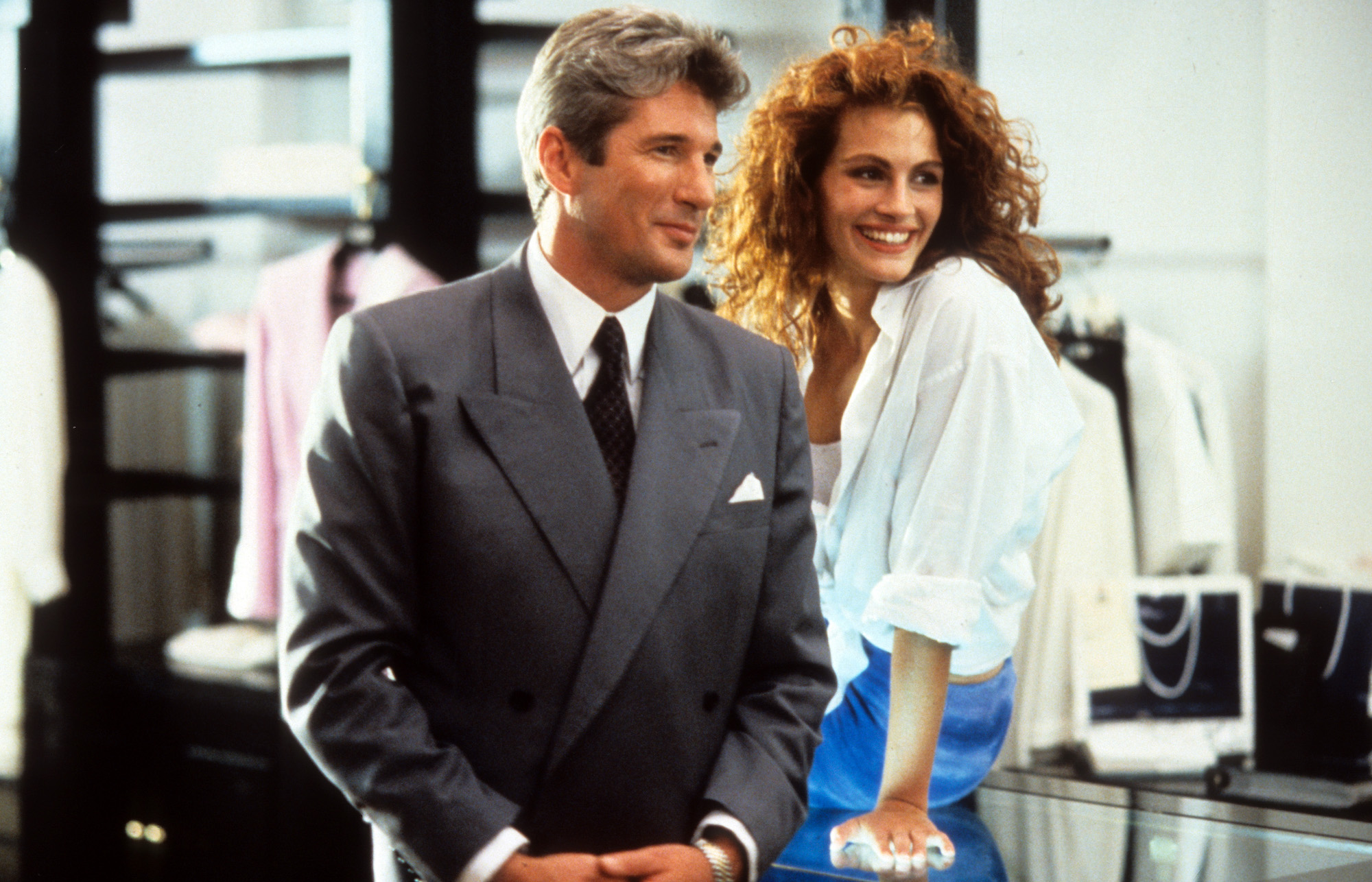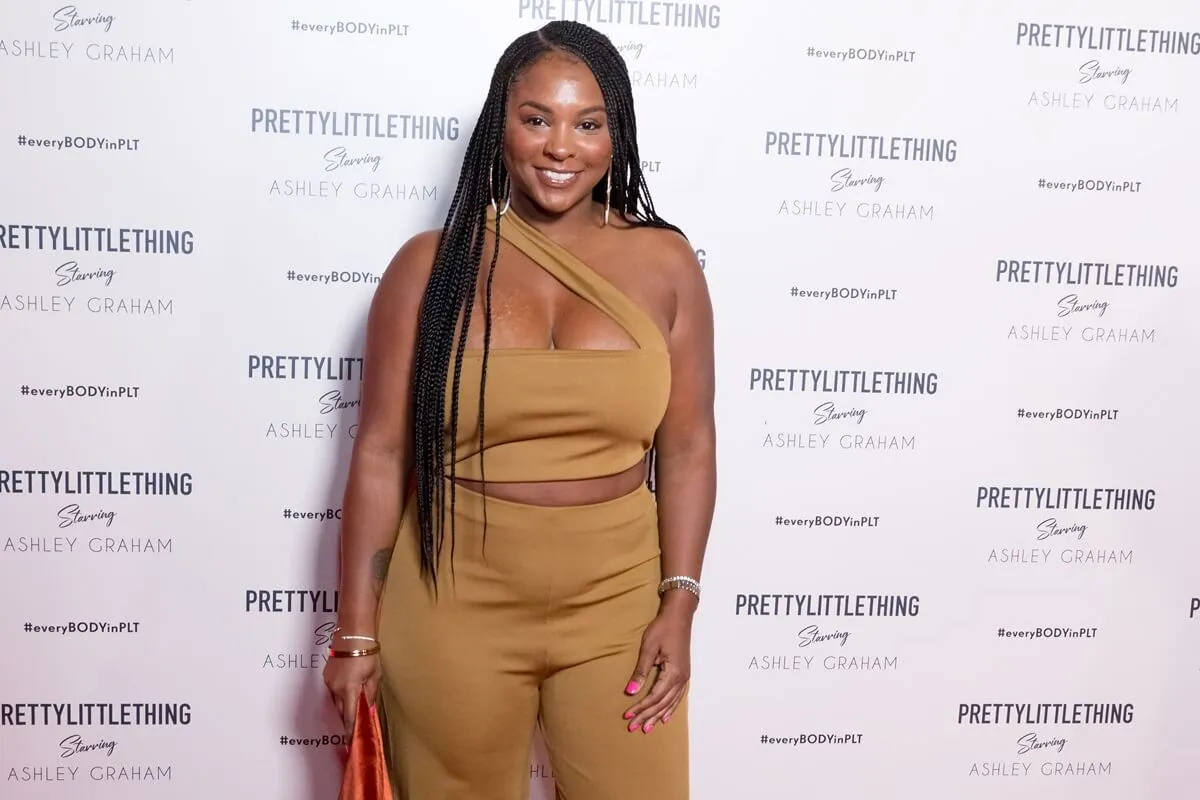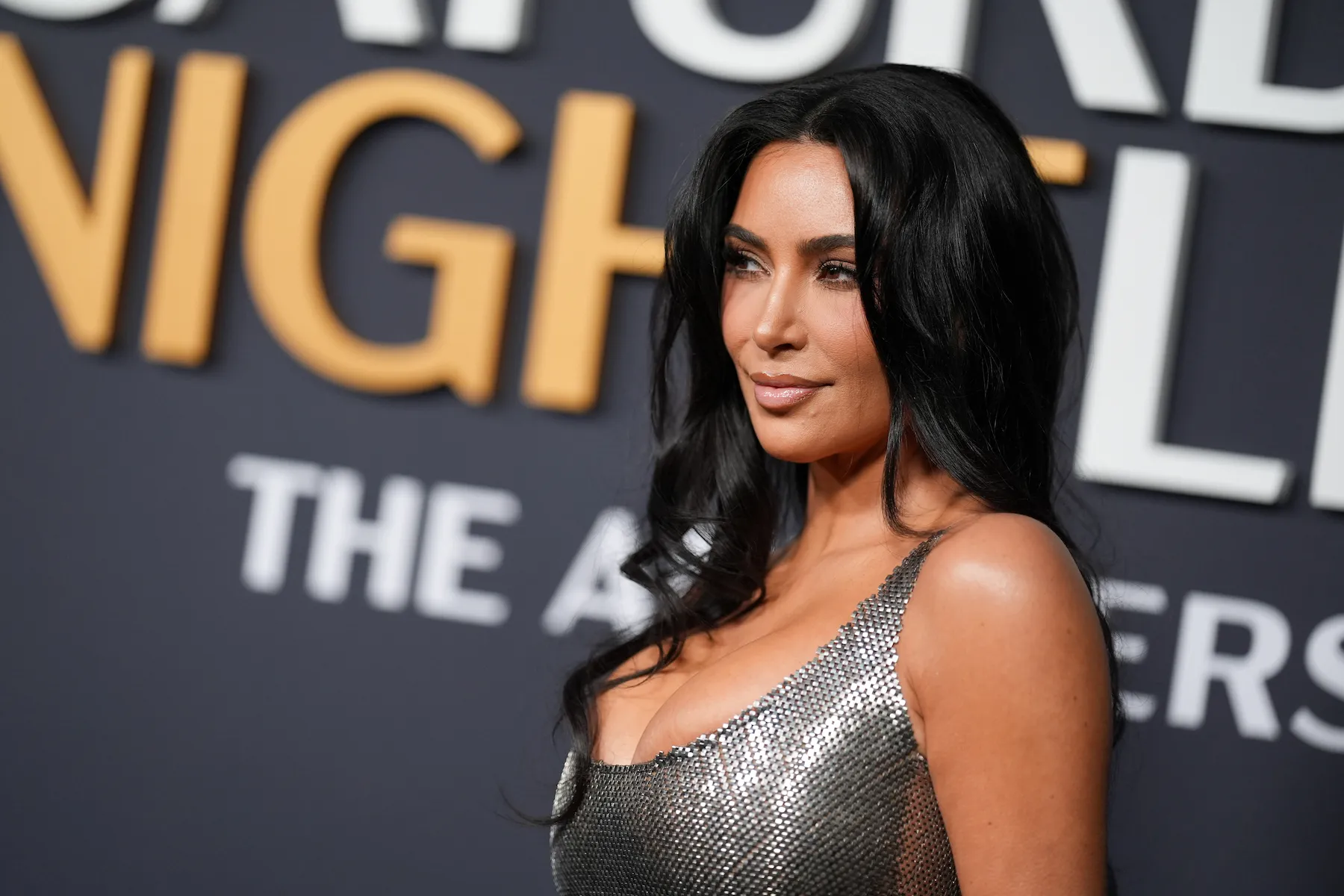‘Pretty Woman’ Was First Conceived As a Grittier Film With a Dark Ending
It’s hard to imagine what Julia Roberts’ career would have been like without appearing in the film Pretty Woman. While there’s plenty of reason to think the talented actor would have still become a big star even without being in this movie, it’s difficult to say so definitively. The film enabled her to become a superstar, starring in some insanely profitable films.
Her trajectory to success may have been much different, however, had the film gone down its original path. Here’s the story of the original plot and ending for Pretty Woman, which was not nearly as optimistic as the one that actually hit theaters.

What was the premise of ‘Pretty Woman?’
Pretty Woman tells the classic rag to riches story of a woman in trouble saved by her handsome, dashing prince — only adopted for modern times. According to IMDb, Garry Marshall directed the film. Marshall also directed A League of Their Own and created sitcoms like Happy Days and Laverne and Shirley.
The film focuses on a wealthy businessman named Edward played by Richard Gere. Needing a woman to pose as his girlfriend while hashing out a business deal, he enlists the help of a sex worker named Vivian, played by Roberts. The two eventually fall in love, with him teaching her about functioning in high society and her teaching him about living in the moment.
The ending of ‘Pretty Woman’
The film’s ending is about as happy as they come. Edward softens considerably, finally understanding that work isn’t the most important thing in life, embracing love. Vivian gets her desired fairy tale ending, as Edward ascends a fire escape to profess his love for her. The two then live happily ever after. What makes it stand out is not just that Edward seemingly saves Vivian from the path she’s chosen, but that Vivian does the same for Edward.
For a film dealing with a touchy subject — sex work — it has a rather sunny disposition. Marshall’s film depicts a sterilized view of sex work. It doesn’t attempt to glamorize the lifestyle in any way, but it does gloss over some of the more mature themes sometimes associated with it — themes such as drug use or violence. Had the film’s original ending made it to the screen, this would have been much different.
The original alternate ending for ‘Pretty Woman’
According to Vanity Fair, the original screenplay for Pretty Woman was much more realistic and much darker. Screenwriter J.F. Lawton penned a drama that didn’t shy away from covering the seedier aspects of the underground world of sex work. To start with, the film was originally called 3,000. This was a reference to the amount Edward paid Vivian for her services.
The original script had a much darker tone and ended with Vivian and Edward breaking up. Vivian’s friend Kit (who did make it into the final film, portrayed by Laura San Giacomo), rides with her on a bus to Disneyland. Kit talks about all the fun things they’ll be able to do with the money Vivian received from Edward as Vivian stares ahead blankly.
Eventually, Disney bought the rights to the script. Though they liked the film for its grittiness, they reimagined it as a modern fairy tale and injected it with a lighter tone and a storybook ending. Lawton said he was happy with their changes:
“I was thrilled! That’s the other side of it, is that I’m supposed to be the wounded artist in all of this who painted the da Vinci or whatever, and then they slashed it … If you’re an architect and you design a cabin for the woods, and somebody says, ‘We want to make it into a skyscraper’ … the fact that Disney came in and wanted to do it as a big-budget movie with a major director was a great thing.”
There’s no question the film — and potentially Roberts’ career — may have gone differently if not for the change in tone.


